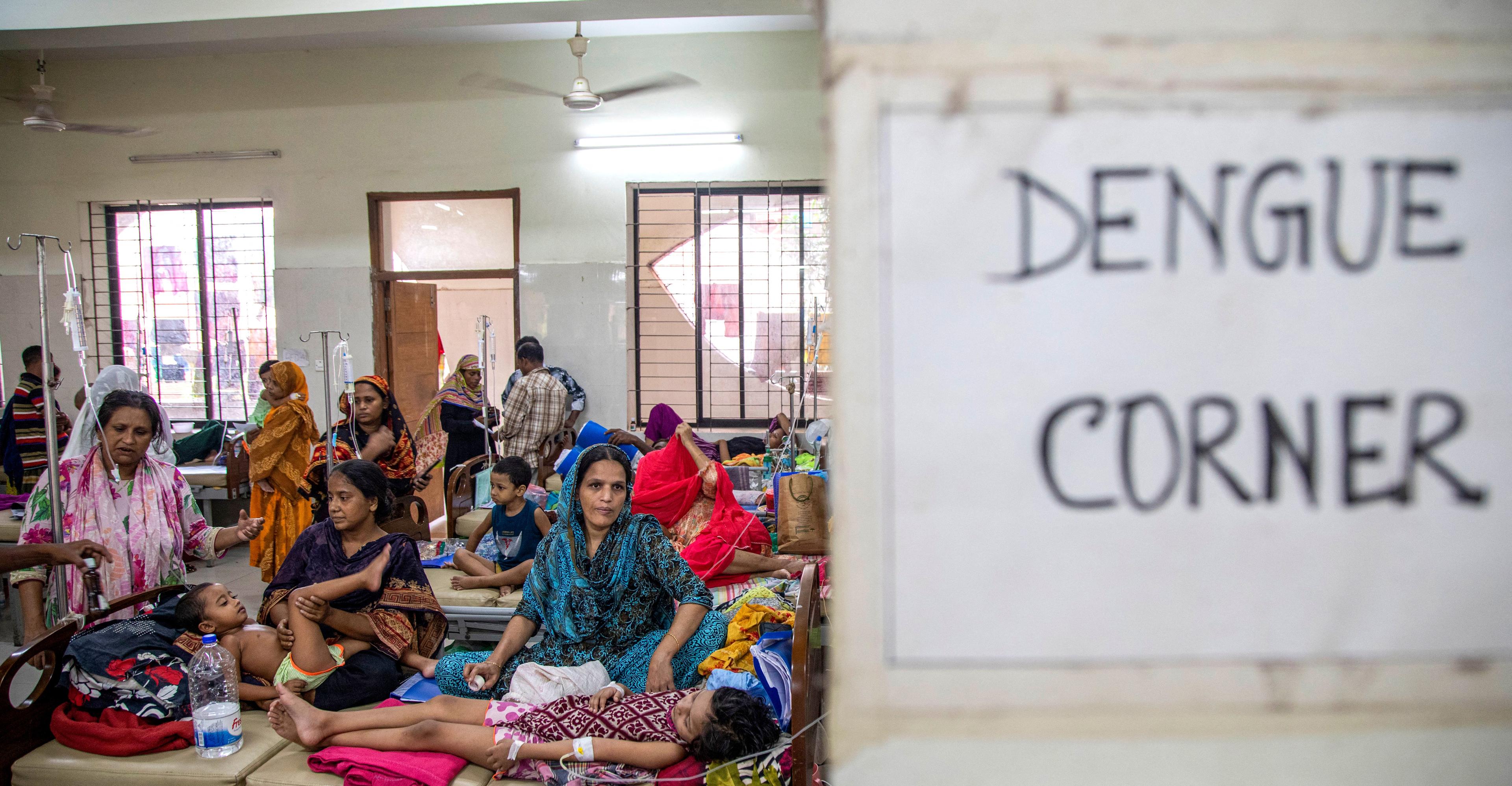Comments

Published a year ago on Nov 20th 2024, 9:00 pm
By Web Desk

The MP3, the file type of most songs you listen to on a computer, is compressed. Part of the reason people love vinyl records so much (even though they don’t necessarily sound “better” than digital formats), is that they are closer in format to the way you would actually hear a song if you were standing in the room with Rihanna instead of listening to “FourFiveSeconds” on your phone.
Compression happened because (especially in the 1990s when this change was happening) file size needed to be small enough to live on your computer in mass quantities without slowing it down. Now, many computers have the space for higher-quality formats, but the MP3 format has become an industry standard. And information is lost as songs are converted to MP3 format.
The very first song to become an MP3 was Suzanne Vega’s “Tom’s Diner.” A German engineer played the song over and over again as he tried to squeeze the song into a smaller size without changing its sound too much. Here’s “Tom’s Diner” in its MP3 format.
The MP3 format can reduce the file size of a song as much as 10-fold, but in the process something has to be filtered out. Which sounds get filtered out of a song to make the file smaller was determined in 1993 by a group of European sound engineers using songs like Tracy Chapman’s “Fast Car,” and Vega’s “Tom’s Diner.” In 1994, MP3s became a public format and, after the advent and widespread use of the internet, they are now the primary format that most people listen to music in.
But what happened to those filtered out sounds?
Ryan MaGuire, a a Ph.D. student in Composition and Computer Technologies at the University of Virginia Center for Computer Music, created a project called “moDernisT” to find out. McGuire’s project pulls out those missing sounds and lets them live on their own. Here is the lost material from “Tom’s Diner” as found by MaGuire:
You can hear so many unnecessarily rejected sounds. The buzzing of the small diner, in the first verse for example, and even some of Vega’s softer vocal tones in verse 5.
What MaGuire has proved here is that the songs we listen to every single day are not the exact master copy that the artist recorded and wanted for us to hear. Instead, they are slightly stripped versions of their art run through a set of standards created by a bunch of engineers in 1993. For many people, that won’t matter. The songs sound almost the same, but the compression of music into an MP3 format is an important question to weigh when considering artistic intent and analyzing songs that aren’t exactly the original.
For a heavier analysis, check out MaGuire’s personal findings and his Soundcloud account.
Police recover gold from accused's husband in Dr Warda murder case
- 13 hours ago

Control’s action-RPG sequel launches in 2026
- 7 hours ago

IHC summons Registrar Karachi University in Justice Jahangiri’s degree case
- 15 hours ago

Remember Google Stadia? Steam finally made its gamepad worth rescuing
- 7 hours ago

Disney wants to drag you into the slop
- 7 hours ago

The biggest mosquito-borne disease in the world has a cure. There’s just one problem
- 5 hours ago
Australia plans tougher gun laws after police say father and son killed 15 at Bondi Beach
- 14 hours ago

Chatbots are struggling with suicide hotline numbers
- 7 hours ago
Govt slashes diesel price by Rs14 per litre
- 8 hours ago
FIFA hails 5M WC ticket requests amid backlash
- 6 hours ago
Messi mania peaks in India’s pollution-hit capital
- 15 hours ago

Why Republicans in Congress are turning against Trump
- 5 hours ago
You May Like
Trending






